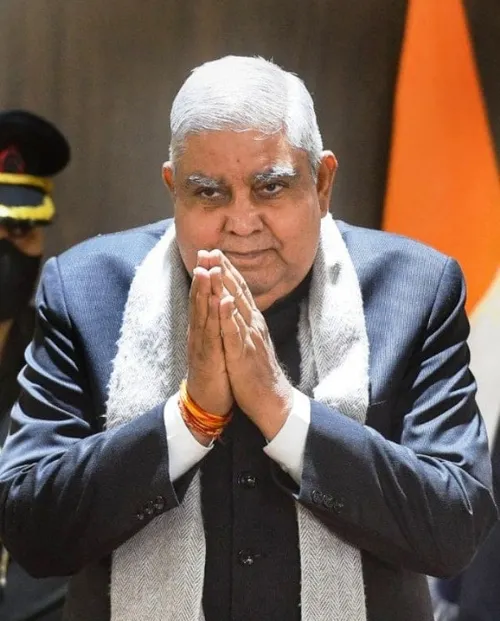
Fostering innovation in India
| Photo Credit:
Bgblue – bgblue.com
For Viksit Bharat 2047, protecting intellectual property (IP) must be a national priority. In today’s knowledge-driven economy, IP fuels innovation and determines global competitiveness.
Historically, India has shared its traditional knowledge generously from Ayurveda to Zero but often without securing legal ownership, leading to losses such as the turmeric and Basmati rice patent disputes.
Now, AI-generated content often imitates Indian art and symbols without credit. As India moves toward a $5 trillion economy, placing IP creation, protection, enforcement, and commercialization at the core of our development model is essential.
India’s IP performance
Progress with Caveats India’s IP ecosystem has grown rapidly, with over 1,00,000 patents granted in 2023–24, a tenfold rise since 2010. Trademark registrations have doubled since 2018, and India ranks 39th on the Global Innovation Index, leading among lower-middle income countries.
Cities like Delhi, Bengaluru, and Mumbai have become innovation hubs. Yet, questions remain about the depth of these innovations. While over 500 new patent examiners have been recruited to reduce backlogs, challenges in effective IP utilization persist.
Innovation without protection?
Each year, 15 lakh engineering students graduate, many submitting innovative final-year projects. Most innovations go unassessed for patentability. A student team built a two-wheeler EV with six patentable features but lacked IP awareness. Of 117 Indian unicorns, only 16 have filed patents, showing limited focus on protection and commercialization.
A People’s Movement for IP
IP awareness must become a national movement, similar to Swachh Bharat. Starting IP education from Class 8 and expanding initiatives like NIPAM and KAPILA can create foundational knowledge while IP clinics at academic expos can assess project potential. Filing must be simpler and cheaper, especially in smaller cities. MSME schemes and regional centres can bridge access gaps. Tracking government-funded IP outcomes startups, jobs, tech transfer ensures impact.
IP beyond patents & enforcement gap
With the rise of AI, copyright laws must evolve to safeguard original works. A Naccsom survey found that 70 per cent of Indian AI companies fear innovation theft due to weak IP frameworks. Despite reforms, enforcement is weak as high costs deter legal action. Legal aid and stronger IP justice, along with better impact measurement, are vital.
Innovation must be industry-aligned
India produces over 40,000 PhDs annually, primarily in STEM, but often disconnected from real-world problems. Industry-driven innovation models, like those in the US Israel, Nordic and Japan, enable higher commercialisation.
India needs platforms where industries present problems and academia responds, promoting co-patenting and joint IP models. Every Indian idea whether from a rural artist, student, or start-up deserves protection. For Viksit Bharat 2047, intellect must be our most protected national asset.
Both writers are international columnists
Published on June 8, 2025
Anurag Dhole is a seasoned journalist and content writer with a passion for delivering timely, accurate, and engaging stories. With over 8 years of experience in digital media, she covers a wide range of topics—from breaking news and politics to business insights and cultural trends. Jane's writing style blends clarity with depth, aiming to inform and inspire readers in a fast-paced media landscape. When she’s not chasing stories, she’s likely reading investigative features or exploring local cafés for her next writing spot.






